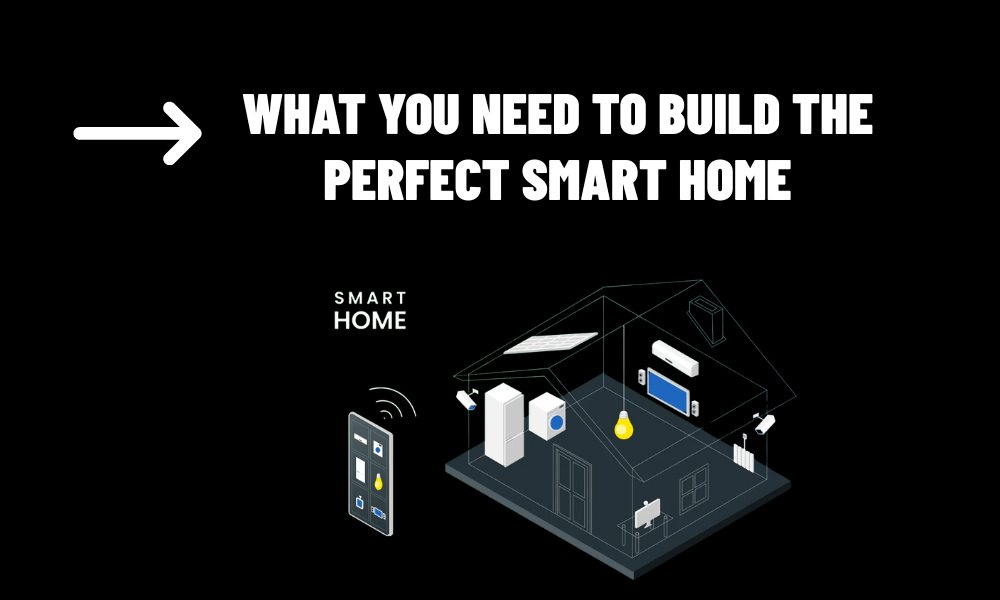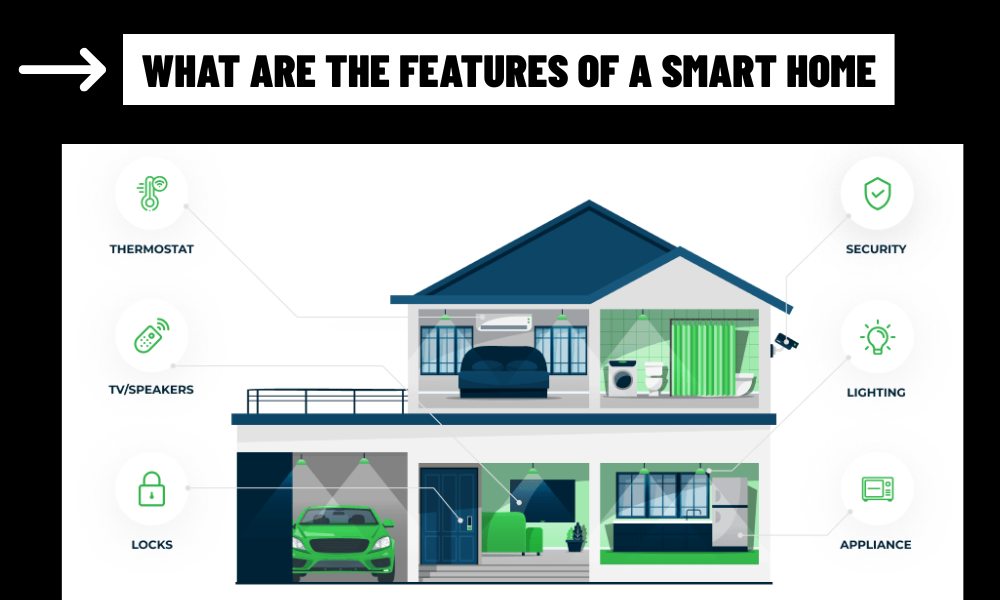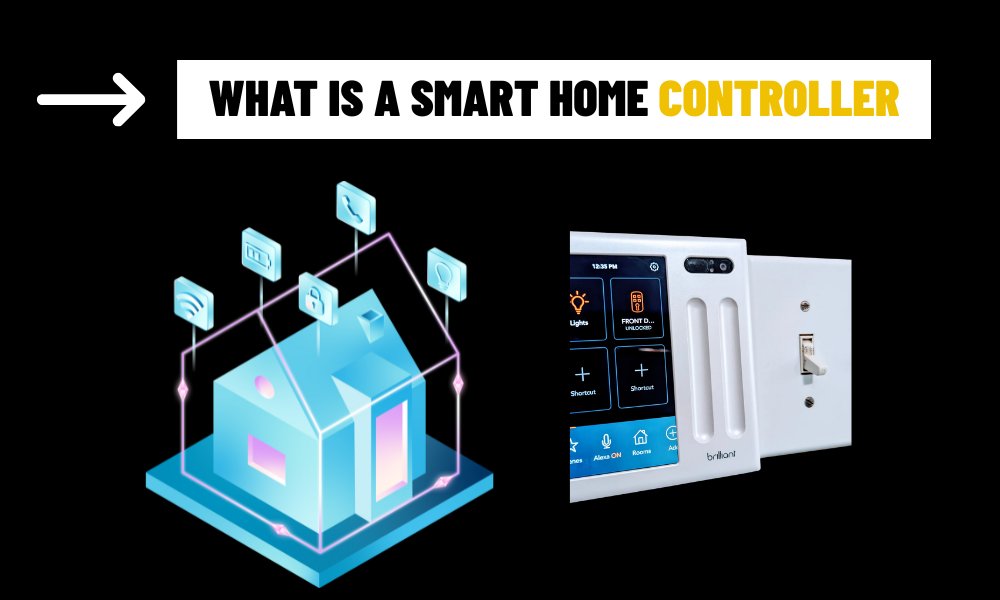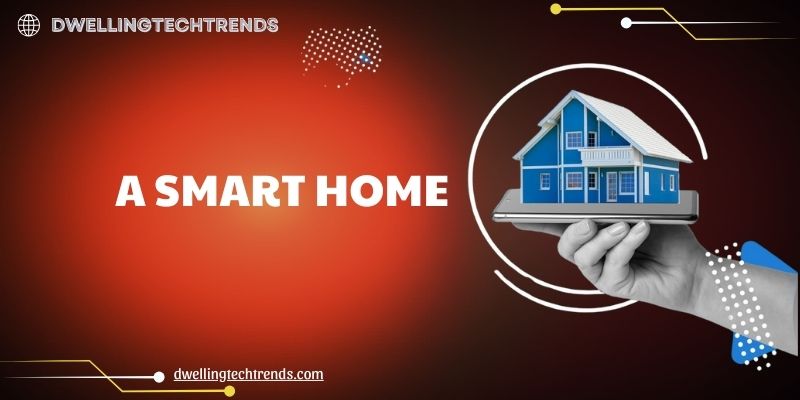In the era of connected living, a smart home is no longer a futuristic concept but a practical solution to enhance convenience, security, and energy efficiency. By integrating automated devices and remote control systems, a smart home transforms your living space into an intelligent ecosystem tailored to your lifestyle. However, creating a seamless smart home requires careful planning and the right components. As an expert in smart home technology, I’ll guide you through the essential elements needed to build a modern, efficient, and future-proof smart home.
What You Need to Build the Perfect Smart Home
1. Smart Hub: The Brain of Your Smart Home
At the core of every smart home is a smart hub, the central device that connects and manages all your smart devices. Whether it’s controlling lights, thermostats, or security cameras, the hub ensures seamless communication between devices. Popular options like Amazon Echo, Google Nest Hub, or Samsung SmartThings allow you to manage your home through a single app or voice commands.
Why it’s essential: A smart hub unifies devices from different brands, creating a cohesive ecosystem.
Choosing the right hub: Look for compatibility with your preferred devices and support for protocols like Wi-Fi, Zigbee, or Z-Wave. Ensure it integrates with voice assistants like Alexa or Google Assistant for added flexibility.
2. Smart Lighting: Ambiance and Efficiency
Smart lighting is one of the easiest ways to introduce intelligence into your home. Smart bulbs, such as Philips Hue or LIFX, allow you to adjust brightness, color, and schedules via an app or voice control. You can set lights to turn on automatically at dusk or create mood-based lighting for different occasions.
Benefits: Saves energy, enhances ambiance, and adds convenience with automation.
Pro tip: Opt for bulbs that work with your smart hub and consider smart switches for controlling non-smart fixtures.

3. Security Systems: Safety First
A smart security system is a cornerstone of any smart home, offering peace of mind through real-time monitoring and alerts. Components like smart cameras (e.g., Ring or Arlo), video doorbells, and smart locks (e.g., August or Yale) allow you to monitor and secure your home remotely.
Key features: Look for systems with motion detection, cloud storage, and integration with your smart hub.
Installation tip: Place cameras at entry points and ensure locks are compatible with your door type for hassle-free setup.
4. Smart Thermostats: Climate Control and Savings
Smart thermostats, such as Nest Learning Thermostat or Ecobee, optimize your home’s heating and cooling for comfort and energy efficiency. These devices learn your schedule, adjust temperatures automatically, and can be controlled remotely to reduce energy waste.
Why invest: Saves up to 15-20% on energy bills and improves comfort.
Consideration: Ensure compatibility with your HVAC system and check for features like geofencing, which adjusts settings based on your location.
5. Smart Plugs and Sensors: Small but Mighty
For devices that aren’t inherently smart, smart plugs (e.g., TP-Link Kasa or Wemo) add connectivity, allowing you to control appliances like fans or coffee makers remotely. Similarly, smart sensors for motion, temperature, or leaks enhance automation by triggering actions based on environmental changes.
Use case: Set a smart plug to turn off devices at night or use a leak sensor to alert you to potential water damage.
Selection tip: Choose plugs with energy monitoring to track usage and sensors that integrate with your hub.
6. Reliable Connectivity: The Backbone of Your Smart Home
A robust Wi-Fi network is critical for a smart home, as most devices rely on internet connectivity. Consider a mesh Wi-Fi system (e.g., Eero or Netgear Orbi) to ensure strong coverage throughout your home, especially for larger spaces.
Why it matters: Weak connectivity can lead to device lag or disconnections.
Setup advice: Place routers strategically and prioritize dual-band or tri-band systems for optimal performance.

Final Thoughts
Building a smart home is an investment in convenience, security, and sustainability. Start with a reliable smart hub, add key components like lighting and security, and expand gradually based on your needs. By choosing compatible devices and prioritizing scalability, you can create a smart home that evolves with your lifestyle. Ready to get started? Assess your home’s layout and connectivity, then select devices that align with your goals for a smarter, more connected living space.


